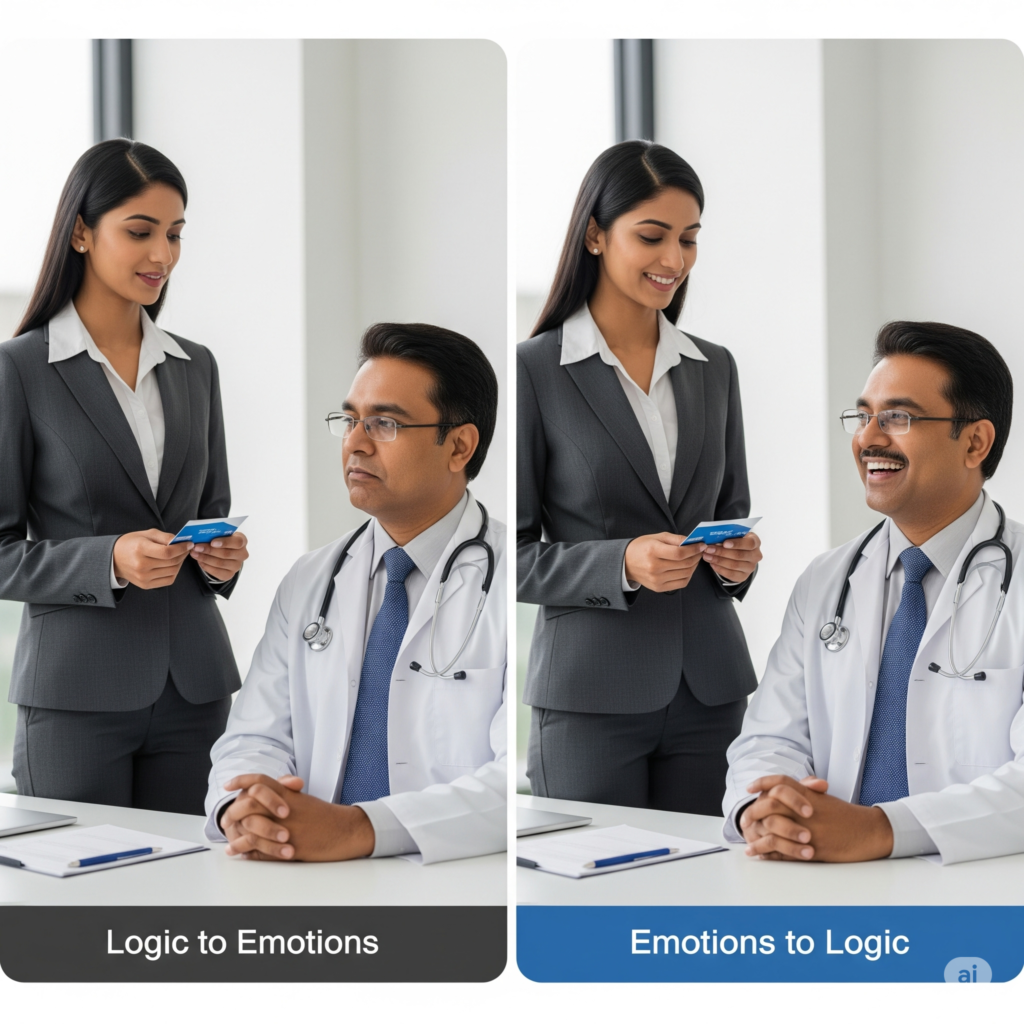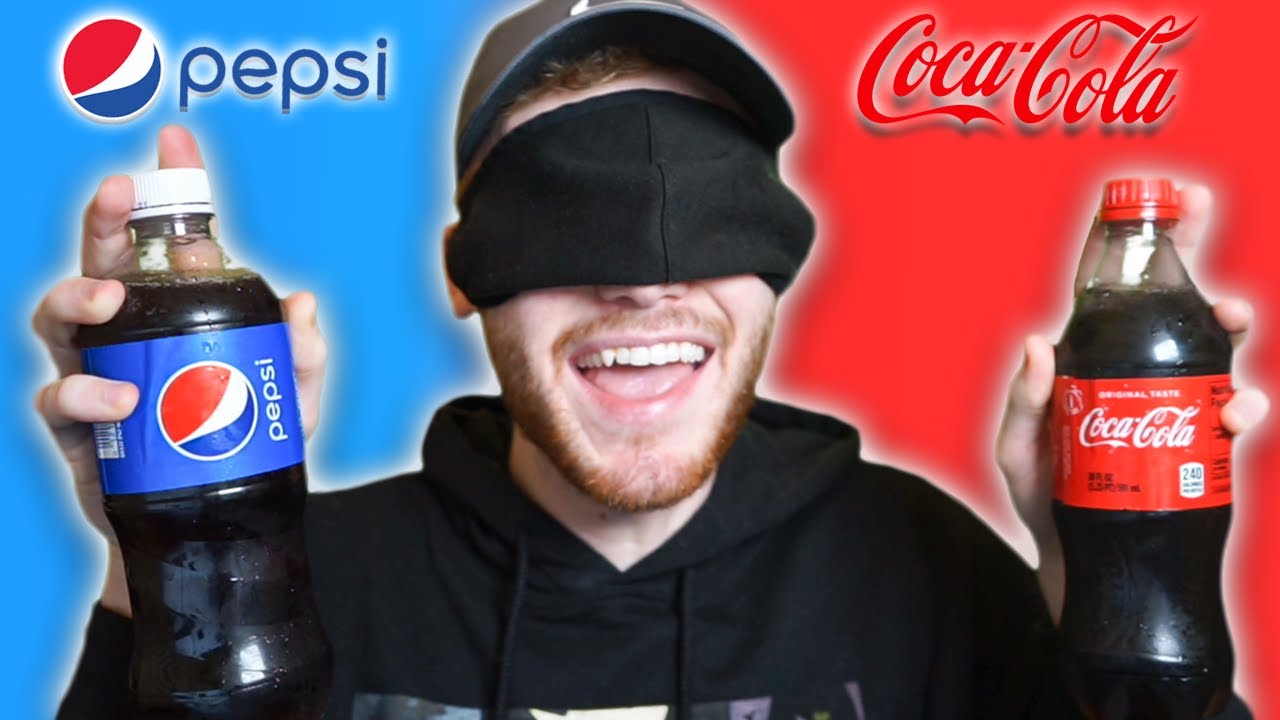The Pulse of Persuasion: Why Emotion Leads and Logic Follows – Successful Pharma Brand Management 71

Preamble
In the dynamic world of pharmaceutical marketing in India, the age-old tussle between emotion and reason plays out yet again.
While FMCG and OTC brands have long thrived on emotionally driven consumer decisions, prescription-based pharmaceutical marketing is often presumed to demand pure science-based logic.
At Canopus Biosciences, Shiksha Vidyasagar, the General Manager of Marketing and Sales, is passionate about challenging that notion. She argues that even doctors—despite their scientific acumen—are emotionally influenced before rationalizing prescriptions with logic.
Her view is met with skepticism by Pushkar Gupte, a brilliant fresh B-school graduate, who insists that scientific communication must take precedence. And so begins a story of transformation.
Story
Pushkar leaned forward in his chair, adjusting his crisp blazer, arms crossed, his brow furrowed. Around the long conference table sat junior and senior brand managers of Canopus Biosciences, eagerly absorbing Shiksha’s insights. The morning sun filtered through the blinds, casting diagonal patterns across the meeting room walls.
“Science communicates facts,” Pushkar said. “Doctors don’t need emotional fluff. They need data, clinical trials, HEORs (Health Economics and Outcomes Research), mechanisms of action. You can’t sell medicine like you sell shampoo.”
There was a pause. Shiksha tilted her head, smiled, and stood up from her seat.
“Pushkar,” she began, “your logic is flawless. But let’s look deeper. You said doctors don’t need emotion. I’d say, no one’s immune to emotion – especially not when making decisions that affect lives.”
Pushkar raised an eyebrow.
“I once marketed a migraine drug NoMig,” she continued. “The science was solid—triple-blind trials, strong safety data and even HEOR data for this premium brand. During the introductory phase we spoke only science and logic, and ended with a emotional photograph and tagline”.
“But prescriptions for NoMig only skyrocketed after our campaign showed a mother finally able to join her child’s school performance without the shadow of pain. And then we moved on to science and logic. That image stayed with doctors—because they see that woman every day in their practice.”
A quiet hush settled in. Even Pushkar leaned back slightly.
Shiksha paced slowly. “Emotions build relatability. They anchor memory. Doctors are not machines; they’re human. They process feelings. And those feelings often guide the decisions they later justify with science.”
Ajay Rathi, a senior brand manager, jumped in. “Pushkar, think of it like storytelling. Science tells how the drug works. Emotion tells why it matters. Together, they complete the narrative. The why triggers the limbic system, the emotional brain”.
Jayant Rao, the young marketing manager added “I suggest you read the books Daniel Kahneman’s ‘Thinking, Fast and Slow’ and Simon Sinek’s book ‘Start with Why’.
Pushkar looked down. He wasn’t convinced, but he wasn’t dismissing it either.
Later that week, Shiksha invited Pushkar and a few team members to a field immersion program – an initiative she believed in deeply. They visited clinics in Bikaner, Jodhpur, Sriganagar, Ludhiana and Jalandhar, spoke to the KBLs, pharmacists, even patients. The heat was unbearable, the roads dusty and chaotic. But the insights were golden.
At a pediatrician’s clinic in Bikaner, Dr. N. K. Mathur, a soft-spoken man in his late 40s, shared an anecdote. “When a pharma medical rep walked in with a folder full of scientific charts, I nodded, listened… but nothing glued to my mind. The next time, he brought a short video of a premature baby – treated with the drug – crying out lustily in her mother’s arms. That moment hit me like a thunderbolt. The science was the same. But I remembered the video. I felt it.”
Pushkar jotted notes furiously, something stirring in him.
Another doctor, a cardiologist, said, “I’ve had colleagues choose brands based on how empathetically the message was delivered. They checked the data later—but the emotional hook led the way.”
Back at Hotel Sagar Niwas, Pushkar sat silently in the lounge. Shiksha walked over and handed him a coffee.
“I didn’t bring you here to change your mind,” she said. “Only to expand it.”
Pushkar smiled. “I think you did both.”
Over the next month, the brand team worked on the launch campaign for a new diabetes medication. Pushkar was tasked with leading the messaging. To everyone’s surprise, he proposed an emotionally charged approach—starting with a short film featuring a retired professor with Type 2 diabetes who regains confidence to travel solo again after treatment.
“The narrative begins with emotion,” Pushkar explained in the pitch meeting, “and transitions into scientific data and the HEOR studies carried out. Let’s first touch the doctor’s heart, and then arm their mind.”
The campaign launched to resounding success. Within weeks, prescription rates climbed steadily. Feedback poured in from medical reps: “Doctors remembered the film.” “They mentioned the professor’s journey.” “It made them want to read more.”
One evening, as the team celebrated the campaign’s success, Shiksha raised a toast. “To the power of emotion—and to logic that follows with strength!”
Pushkar clinked glasses with her. “To stories that move minds!”
My Personal Experience
The author looks back on his time at Carter Wallace in the early 1980s with a deep sense of nostalgia. He was then a District Manager, working with pride and purpose. Carter Wallace had licensed Rifadin from Bristol Myers Squibb – the originators of rifampicin, a ground-breaking new antibiotic for treating tuberculosis.
In those days, discussions were sharp and rooted in science. Data ruled the room. We spoke of serum levels, of clinical results, of how Rifadin reached higher peaks than its competitor, Rifampin from Lupin. It was all about logic, precision, and proof.
But then the message from Lupin for ther rifampicin Rifampin, that wasn’t written in numbers.
They told a story—a painfully real one. Their campaign showed a family torn apart as the father, the breadwinner, struggled with TB. His illness wasn’t just his own; it echoed through every corner of the household. The silence around the dinner table. The weight of worry on every face. The lost income. The growing fear.
No charts could compete with that image. No statistics could touch that emotion.
And in the end, there was no need to ask which message stayed with the doctors.
This story which I have experience has real weight – facts may win arguments, but emotions win hearts.
The Coca Cola Story
In a blind taste test, most people prefer Pepsi.

Coca Cola performed 190,000 blind taste tests on U.S. and Canadian consumers.
The problem, though, is that the company had underestimated loyal drinkers’ emotional attachments to the brand.
Never did its market research testers ask subjects how they would feel if the new formula replaced the old one.
But in a branded test, when people know what they’re drinking – Coke wins, hands down.
Why?
It’s not about taste.
It’s about feeling.
Coca-Cola has emotionally resonated with us for decades, and that’s what makes it iconic.
The Feeling Factor: Why Emotions Trump Logic in Decision-Making
This example perfectly shows how emotions often outweigh pure logic when it comes to what we prefer and choose. Even if something seems objectively “better” (like Pepsi in a blind taste test), our feelings and connections can completely change our minds.
Beyond Just Facts: Our brains aren’t just calculators that weigh pros and cons. We’re wired to feel. Coca-Cola’s success isn’t about its ingredients being superior; it’s about the feelings of joy, nostalgia, and connection it has built over many years. When you see a Coke ad, it’s often about sharing moments with loved ones, celebrating, or feeling refreshed and happy. This emotional storytelling sticks with us far more than a simple taste profile.
Building Deep Connections: Logic can help us understand what something is, but emotions help us understand why it matters to us. Brands that create a strong emotional bond with their audience, like Coca-Cola, become more than just a product; they become a part of our memories and experiences. This emotional resonance creates loyalty that logic alone can’t achieve.
The “Gut Feeling” Advantage: Sometimes, our “gut feeling” or intuition guides us more than detailed analysis. This intuition is often rooted in past emotional experiences and associations. In the Coke vs. Pepsi example, your “gut” might pull you towards Coke because of all the positive feelings you’ve unconsciously linked to it over time.
Influence on Perception: Emotions can actually change how we perceive things. If you have a strong positive emotional connection to something, you might genuinely believe it tastes better, even if, without that emotional bias, it wouldn’t. Our feelings color our entire experience.
So, while logic helps us understand the world, it’s emotions that often drive our choices, build lasting connections, and give meaning to our experiences. This is true for everything from the drinks we choose to the people we trust and the causes we support.
Conclusion
Emotions wins – hands down